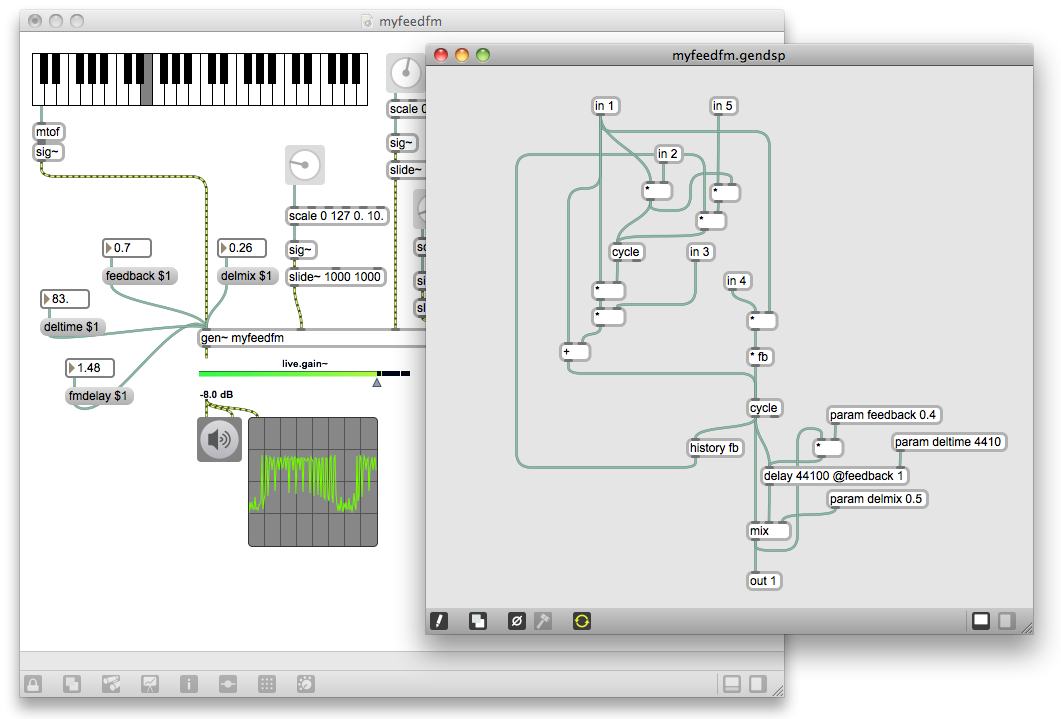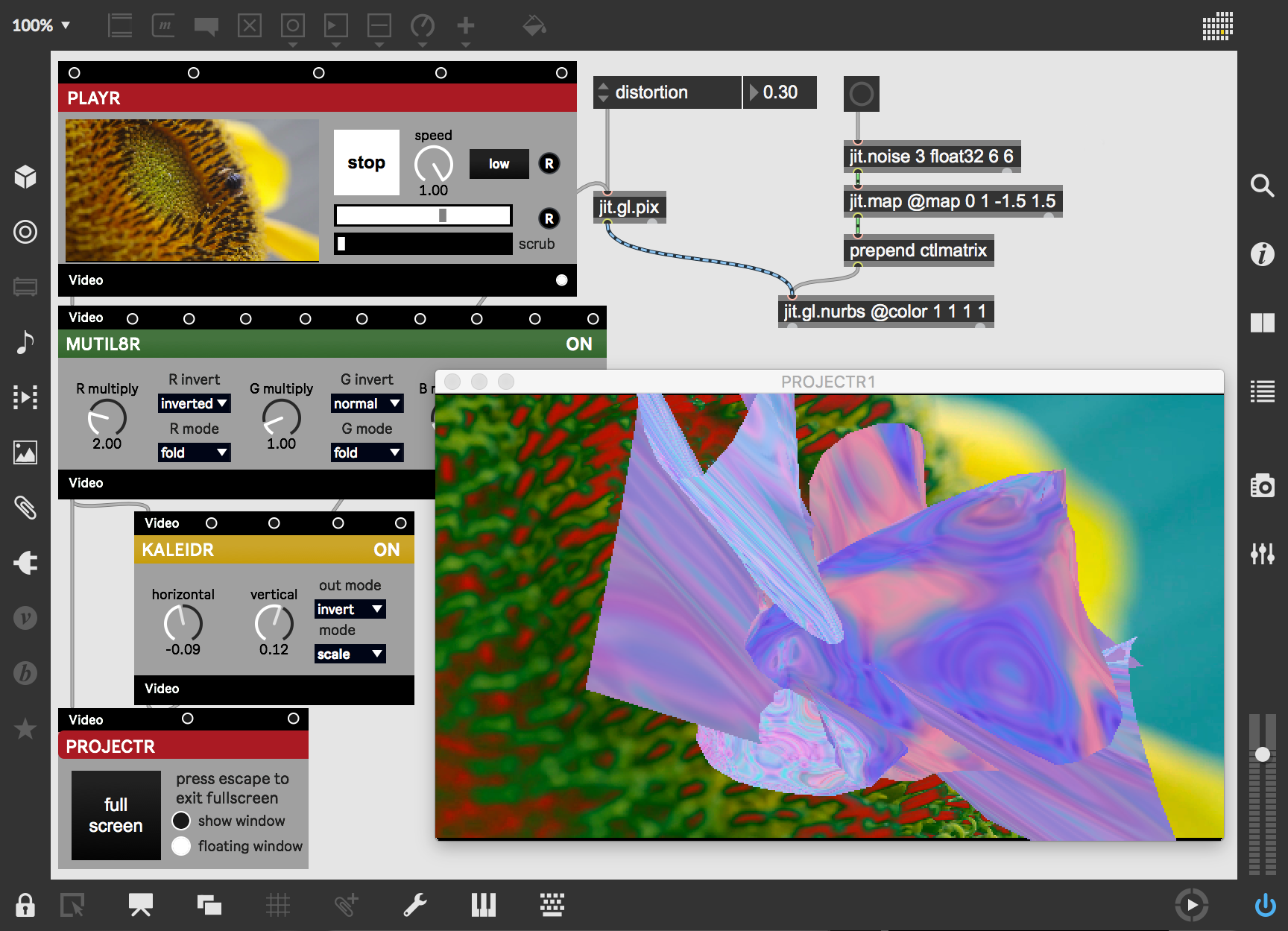
Give the agent a motorįor the agent to change over time, it needs to receive some kind of trigger that time is passing. Cosm.nav can manage the position and orientation of the object(s) it is connected to, and can also report collision detection with other cosm.nav objects. Note: any of the Jitter ob3d objects can be used in place of jit.gl.gridshape: jit.gl.plato, jit.gl.videoplane, jit.gl.mesh, etc.Ĭreate a new object and connect its first outlet to the jit.gl.plato's first inlet. This should create a new shape in the cosm window. Create a new object in this patcher ('n' key) and type jit.gl.plato cosm into the box. put an AGENT in the worldĬreate a new patcher to put the agent in save it next to your world patcher, and call it 'agent'. Rendering can be turned on and off with the spacebar (or the toggle button at the top left). Save this patcher somewhere on your system. The easiest way to get started with Cosm is to create a new patcher (Max document) from one of the templates: File->New From Template->cosm->cosm_world. With this plan, we can refine the diagram with hints regarding wich max/cosm objects can be used to implement each agent feature: The enviornment however is shared between all agents, and should be modeled in the parent patcher. Since agents typically share structure, varying only in local state or configuration differences, we can model a single agent using a 'subpatcher' (an embeddable sub-document), and embed many such agents within a parent patcher. A bio-inspired model of an agent might include some of the following features:Ĭreating a population of such agents in Max/MSP/Jitter is possible, and the cosm objects can make it much easier. An agent-based model (also sometimes related to the term multi-agent system) is a class of computational models for simulating the actions and interactions of autonomous agents (both individual or collective entities such as organizations or groups) within an environment.

It is a form of bio-inspired agent-based modeling using Max/MSP/Jitter. This tutorial constructs a world in which simple organism-agents are attracted to high sugar concentrations (a form of chemotaxis).


Photo courtesy of Ritesh Lala (thanks!) Tutorial: An Agent-based world of Chemotaxis This tutorial was run as a workshop at MAT/CNSI, UCSB, September 2 2010.


 0 kommentar(er)
0 kommentar(er)
